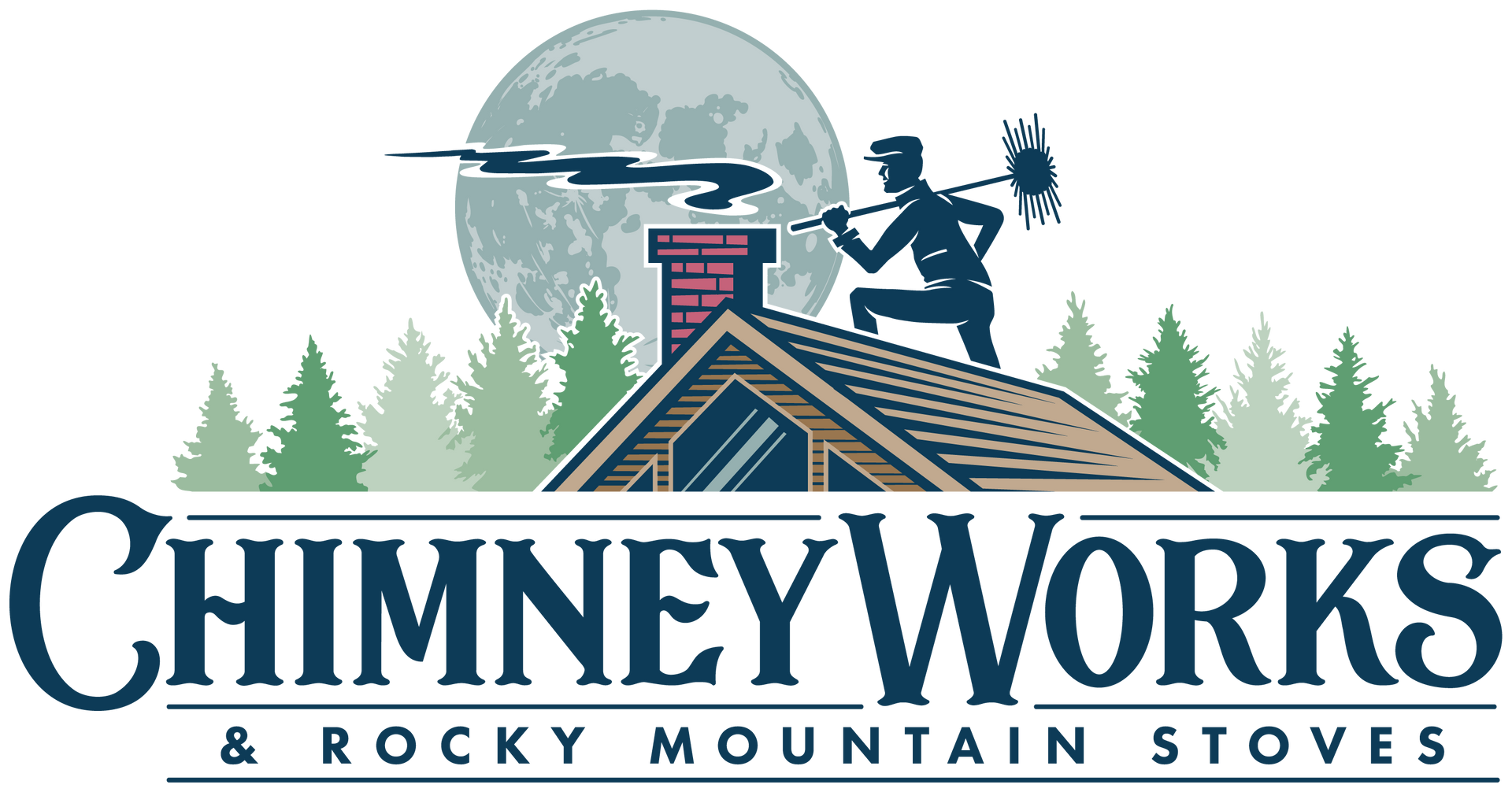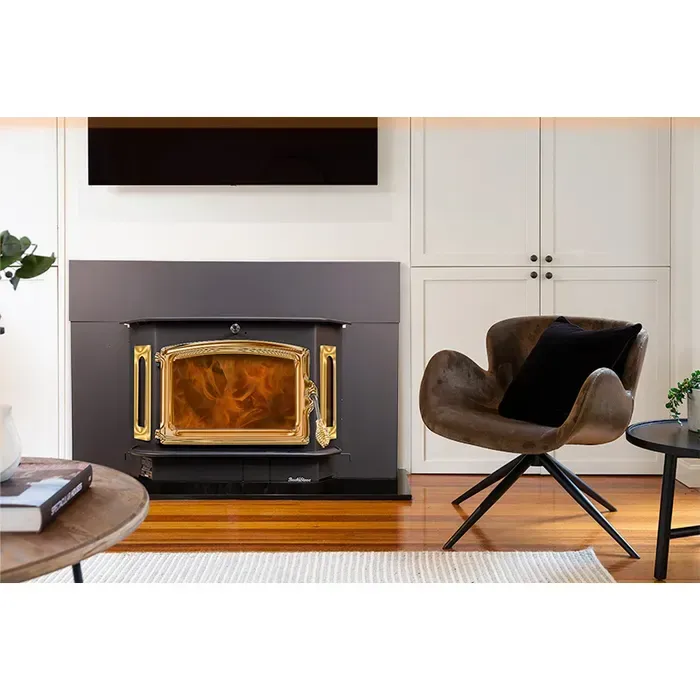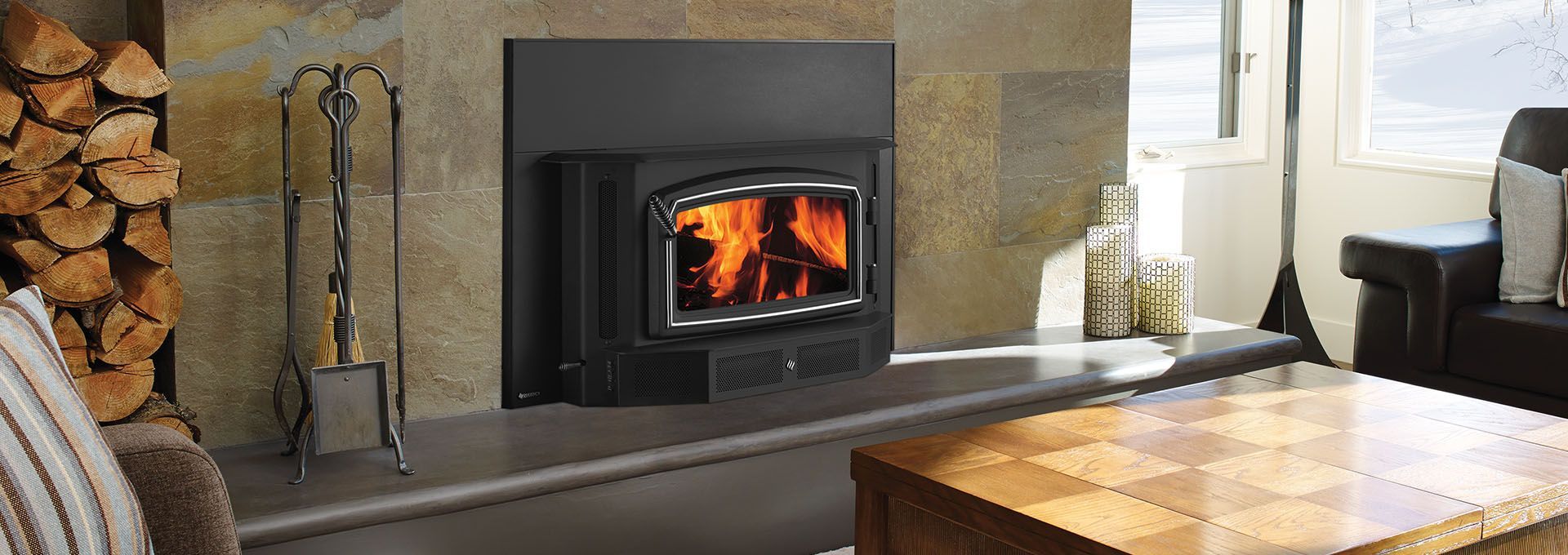Chimney 101: Firebox Assembly
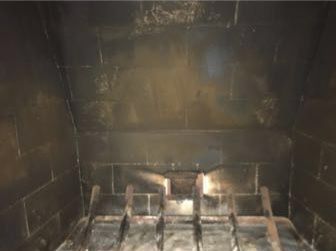
A fireplace’s firebox is the most recognizable part of the anatomy of a chimney. It is the part where the fire is.
Masonry fireboxes come in many shapes and sizes, but when built properly, they all have some things in common. A firebox’s job is to safely contain the fire while funneling the smoke up the chimney instead of into your home. A masonry firebox is built out of firebricks that can take the heat of a fire which is bonded together with refractory mortar. No part of the firebox can be combustible for obvious reasons.
The walls of a firebox are angled to create a funnel effect to send the smoke up the chimney. On the backside of the firebox, there is typically a solid block and a layer of mortar to help thermal retention and minimize expansion and contraction. Behind the firebox itself, there is a space between the chimney wall. This should be filled with noncombustible rubble and or bricks.
There are two parts of a traditional firebox that are made of metal: The lintel and the damper.
A lintel is a steel bar or angle that is placed in the firebox to support the bricks above the opening of the fireplace. Sometimes a second lintel is used inside a fireplace to support bricks that are corbeled (jutting out) that form part of the smoke chamber.
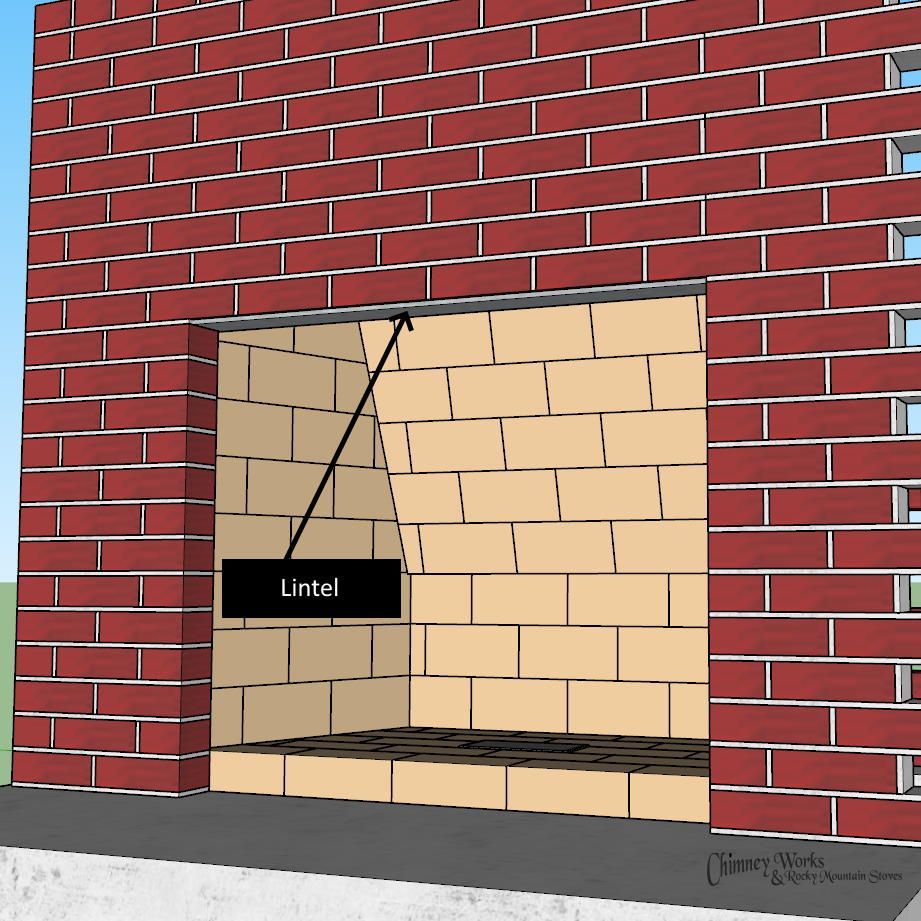
A damper is a metal lid that can be opened and closed to allow less or more heat and smoke to escape up a chimney. If the fireplace is not in use the damper can be fully closed to help stop cold downdrafts. There are dampers that can be installed at the top of your chimney, but since we are talking about the firebox we are speaking specifically about throat dampers here. A novice mason may attempt to use the damper as a load-bearing structure but this should be avoided.
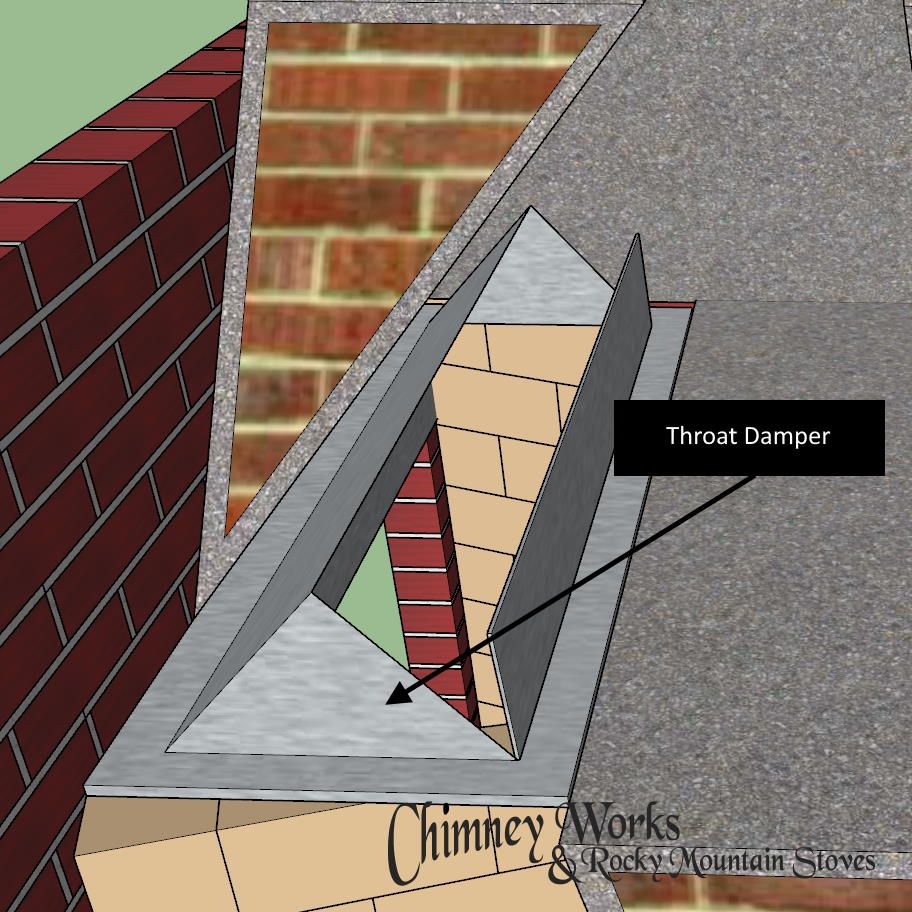
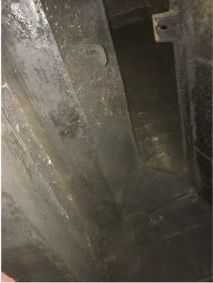
These metal parts will expand and contract more than the masonry and so space must be left for these parts to accommodate this. Without proper construction, the metal will expand and crack masonry structures. These metal parts are embedded in just enough refractory masonry to level them out and a 1/8″ to 1/4″ space is left in the masonry wherever these parts can expand. Sometimes a noncombustible material such as fiberglass fills this space to ensure room for expansion is kept.
The post Chimney 101: Firebox Assembly appeared first on Chimney Works & Rocky Mountain Stoves.
Search the Outpost

